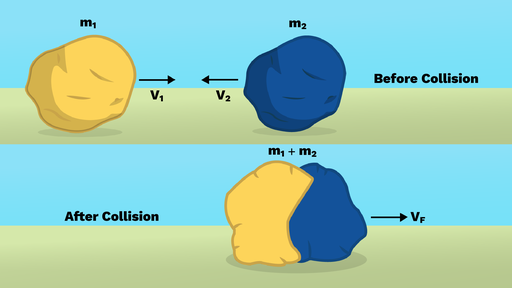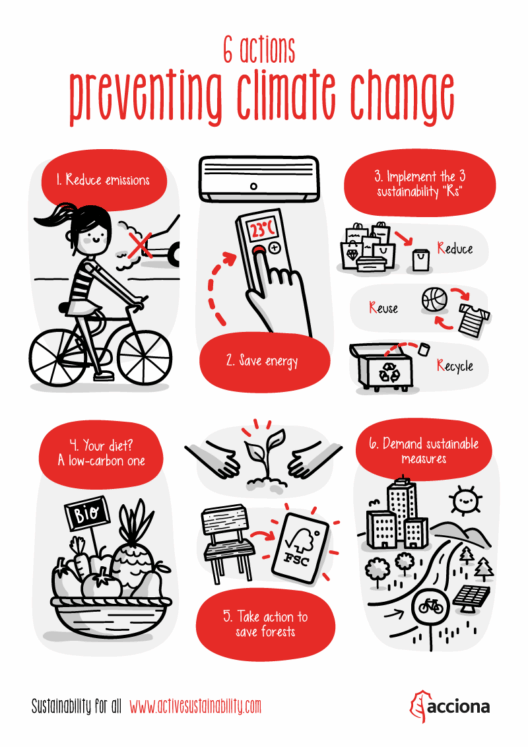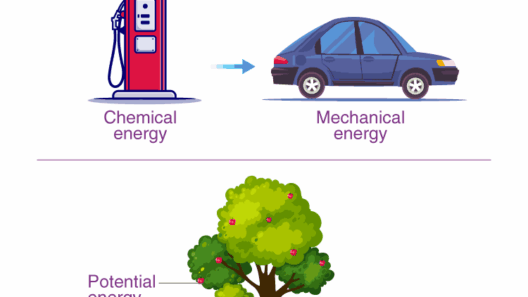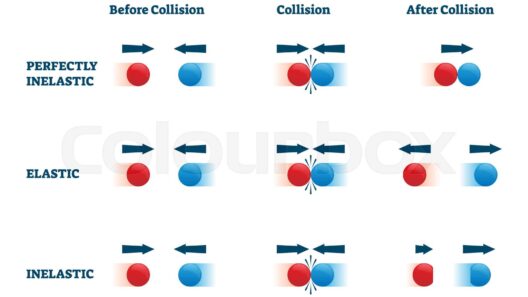Understanding the intricacies of energy dynamics during motion is fundamental in both physics and various real-world applications. In the context of collisions, the conservation of energy principle plays a pivotal role. However, when dissecting inelastic collisions, the narrative shifts significantly. Unlike elastic collisions, where kinetic energy remains conserved, inelastic collisions demonstrate the transformation of energy into forms that are not recoverable as mechanical energy. This exploration delves into the mechanisms that dictate this phenomenon, paving paths for deeper insights.
Energy Conservation: A Primer
To grasp why energy is not conserved in inelastic collisions, one must first appreciate the broader context of energy conservation in physics. The law of conservation of energy asserts that energy within a closed system remains constant; it is neither created nor destroyed but can change forms. In elastic collisions, two objects collide and then separate without any loss in total kinetic energy. The system’s total energy—kinetic and potential—remains constant before and after the impact.
In stark contrast, inelastic collisions deviate from this ideal. Here, while momentum—the product of mass and velocity—is conserved, kinetic energy is not. The distinguishing characteristic of an inelastic collision is that the objects involved do not separate completely post-collision; they may stick together or deform significantly, leading to unique consequences in energy management.
The Mechanisms Behind Energy Transformation
During an inelastic collision, several pivotal changes occur that elucidate the energy transformation processes. When two objects collide, their kinetic energy is redistributed among various forms: heat, sound, and deformation. These transformations are a crucial aspect of understanding inelastic collisions.
Firstly, when two bodies collide inelastically, a portion of their kinetic energy is converted into thermal energy due to friction and impact. This conversion manifests as heat, causing the involved materials to warm up. The more severe the impact, the greater the energy transformation into heat, which dissipates into the surroundings, making it irrecoverable for future work.
Secondly, sound energy is released during collisions, contributing to the overall energy transformation. The noise generated by the collision originates from the vibrations of the colliding bodies. This sound energy represents yet another avenue through which kinetic energy is lost from the usable pool. The auditory result of a collision is often a telltale sign of the energy that has transitioned out of the mechanical realm.
Thirdly, the structural integrity of the objects involved often changes. Inelastic collisions may lead to deformation, producing permanent changes in the shape of one or both colliding objects. This energy loss is particularly evident when examining materials that undergo significant plastic deformation. The energy used to alter the shape of these materials is essentially lost to the system as it contributes neither to kinetic motion nor potential energy resurgence.
Types of Inelastic Collisions
Inelastic collisions can be categorized into two primary types: perfectly inelastic and partially inelastic collisions. Each type illustrates different degrees of energy transformation and post-collision behavior.
In a perfectly inelastic collision, the colliding bodies stick together after impact, moving as a single body. This scenario maximizes energy loss, as the combined mass moves at a velocity less than the initial velocities of the individual masses. The total kinetic energy after the collision is markedly less, and the difference is accounted for in the forms of thermal energy, sound, and deformation.
Partially inelastic collisions, on the other hand, allow the objects to separate post-impact without sticking together. While some kinetic energy is conserved, the collision still results in a loss of energy through heat and sound. This intermediary scenario reveals how various materials and velocities influence energy transformation during impacts.
Real-World Implications of Inelastic Collisions
The principles surrounding inelastic collisions extend beyond theoretical physics, influencing everyday phenomena and engineering applications. Understanding energy transformation mechanisms in collisions is vital in accident reconstruction, sports science, and automotive safety. For instance, vehicle crash tests are predicated on the analysis of inelastic collisions to improve passenger safety. Safety features such as crumple zones are designed to absorb kinetic energy through deformation, converting it into other forms, thereby protecting occupants from injury.
Similarly, sports equipment like helmets utilize similar principles to mitigate the forces experienced by athletes during impacts. Advanced materials engineered for maximum energy absorption are pivotal in minimizing dangerous vibrations, sound, and heat loss, which can otherwise result in injury.
In the realm of astrophysics, the knowledge of inelastic collisions aids in understanding celestial body interactions and collisions, which can reshape planetary bodies and influence cosmic structures. The principles of energy transformation provide insights into phenomena ranging from meteor impacts to the formation of craters in heavenly bodies.
In summary, the failure of kinetic energy conservation in inelastic collisions underscores the complexity of energy dynamics. Through the transformation of energy into heat, sound, and deformation, inelastic collisions serve as compelling practical examples of energy management. Their implications stretch across various disciplines, attesting to the practical significance of comprehension in both scientific and everyday contexts. Understanding these transformations not only elucidates fundamental physical laws but also guides advancements in technology, safety, and many other fields of human endeavor.








